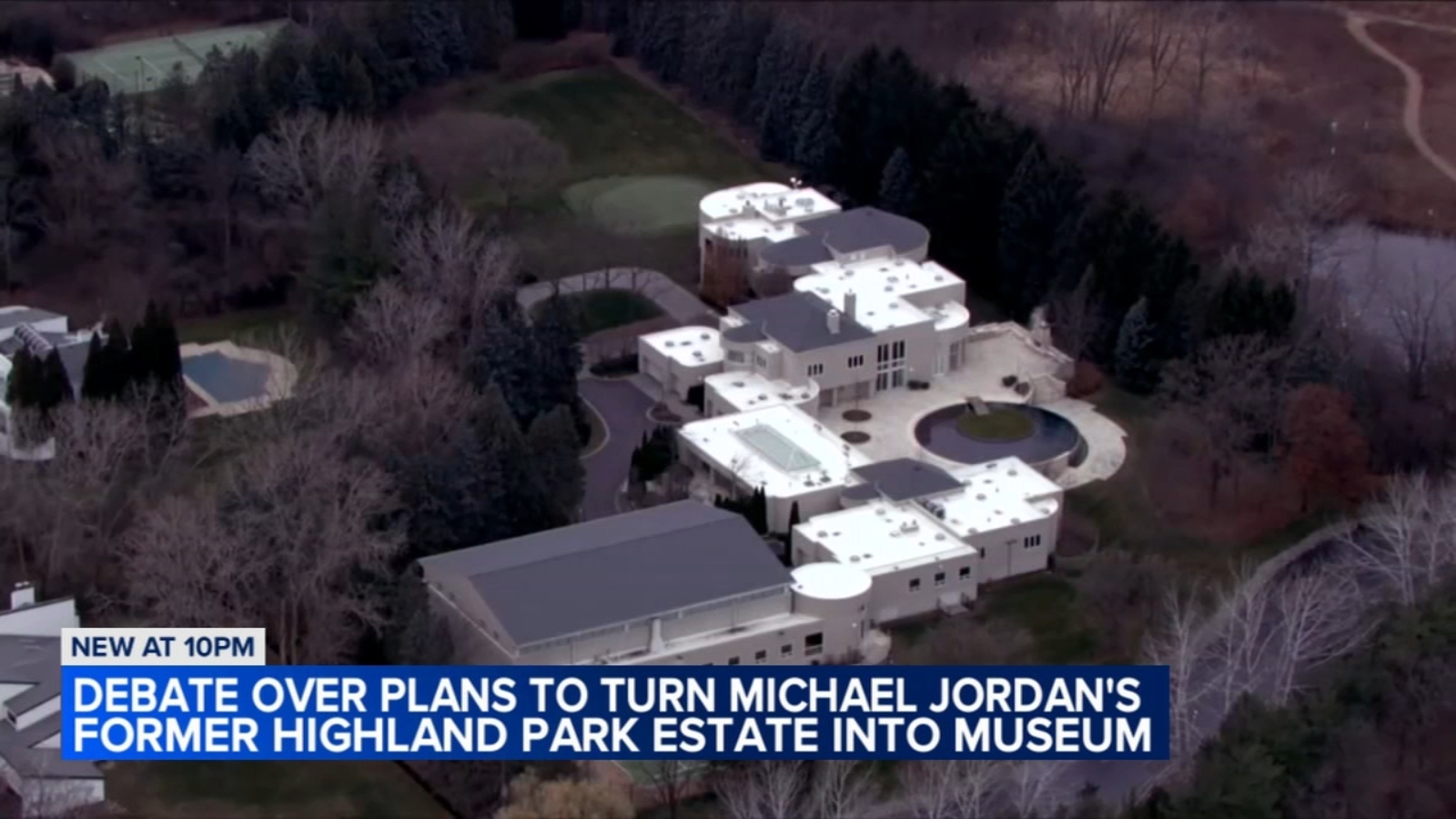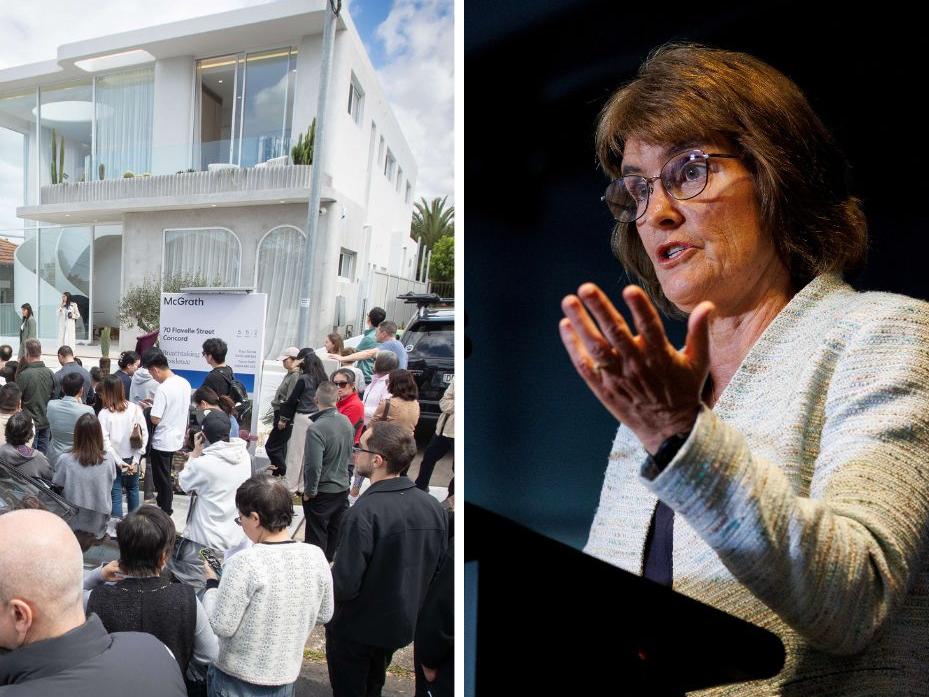H
omeowners may face a 16 % rise in insurance costs over the next two years, with premiums projected to climb 8 % in 2026 and again 8 % in 2027. Cotality’s data analyst John Rogers noted that the increase has been “dramatic” in recent years, with some regions experiencing double‑digit growth. Insurance now represents 9 % of a typical U.S. homeowner’s monthly payment—the highest recorded share of principal, interest, property tax, and insurance.
Realtor.com’s chief economist Danielle Hale attributes the surge to higher rebuilding expenses, driven by overall inflation and supply‑chain constraints. She also points to more frequent disasters, which have amplified damage and claims. According to her analysis, a sizable portion of the U.S. housing stock faces severe climate risk: 6 % for flooding, 18 % for wind, and 6 % for wildfire. Coastal markets dominate the list of metros with the greatest flood exposure, with the Miami–Fort Lauderdale–West Palm Beach area leading; roughly $307 billion of home value—23.2 % of the market—lies at risk.
The added insurance burden could further strain an already sluggish housing market. Rising costs may surprise current owners and deter prospective buyers who are calculating monthly expenses. Senior economic research analyst Hannah Jones warned that higher premiums could dampen demand and destabilize vulnerable markets.
In short, escalating insurance premiums—spurred by natural disasters, inflation, and supply‑chain issues—are set to increase homeowner costs by 16 % over two years, potentially exacerbating affordability challenges and weakening buyer confidence.















